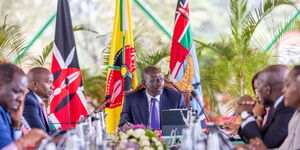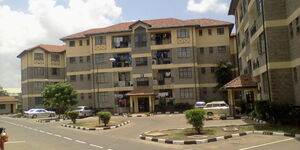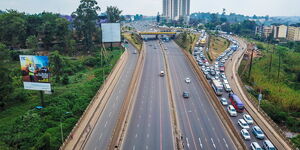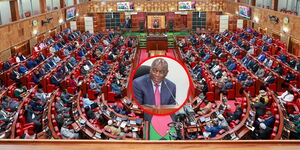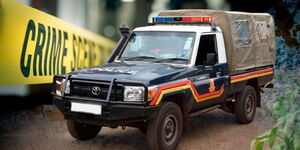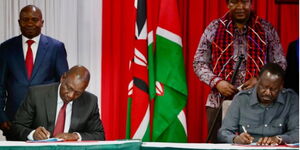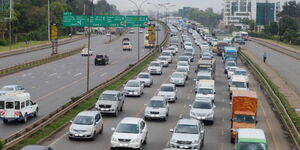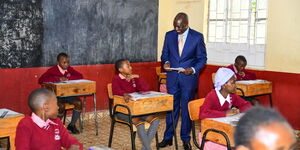Flight attendants are used to sitting with their hands below their thighs whenever the plane is taking off or landing.
For the cabin crew, a brace position means sitting with their feet slightly behind their knees, and hands under their thighs, while those facing backwards will have their feet slightly forward and their hands touching their knees with elbows held inwards.
But why do they sit on their hands?
Sitting on your hand during landing ensures you remain intact and minimises movement or any potential dangers.
The position is not only taken during take-off and landing but also when instructed by the captain, such as in the event of severe turbulence.
Even though the major reason for sitting on their hands is to brace against impact, it is also to warm some frigid fingers when operating aircraft in colder climate areas.
While the position varies from airline to airline for several reasons, as some face forward and others face backwards in their jumpseats, the hand technique remains consistent.
"The brace position for cabin crew varies by airline but typically involves a rigid pose with back and neck against the jump seat, knees and feet together, and hands on knees or under thighs," Simple Flying, a website on matters aviation, says.
"In the event of a sudden change of direction or movement, this could be essential for passenger safety. Furthermore, as cabin crew members act as leaders during emergency situations, it is essential for them to maintain the seating position that will be most likely to prevent injury," it added.
This is one of the training flight attendants undergo in schools, practising with multiple jump seats, and over time, the routine turns habitual.
Attendants are also taught aviation first aid, extinguishing fires, survival skills, how to take control if a pilot is incapacitated, how to recognise security threats and manage emergency situations.

